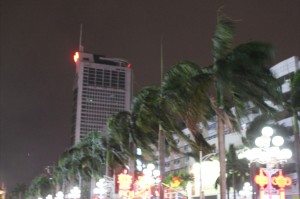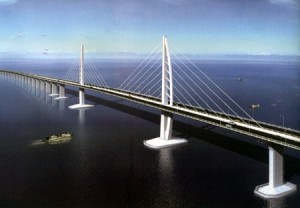 Renowed across North America as a late-night drunken pit stop or a brunch spot with grandma, US greasy spoon Denny’s is heading our way.
Renowed across North America as a late-night drunken pit stop or a brunch spot with grandma, US greasy spoon Denny’s is heading our way.
Denny’s has signed an agreement with Great China International Group (CGIC) to open 50 Denny’s restaurants across South China in the next 15 years, including here in Guangdong. It plans to open the first one as early as next year.
The Wall Street Journal‘s MarketWatch has a few comments on the development:
Sharon Huang, Business Director for GCIG, commented, “As the brand’s first franchise partner in China, we are honored to have the opportunity to introduce local residents to Denny’s everyday value and craveable menu items served in an inviting, comfortable atmosphere. Today’s Chinese consumers are hungry for the variety, quality and value a brand like Denny’s represents around the world. Denny’s history of success internationally gives us confidence that this partnership will provide both GCIG and Denny’s a significant growth opportunity.”
Denny’s Senior Vice President of Global Development Steve Dunn added, “Denny’s will be the most recognized American family dining brand to enter China. Denny’s has very high standards when it comes to selecting the right franchisee and is excited to be partnering with GCIG, an experienced, dedicated and talented organization uniquely qualified to expand the Denny’s brand in China. We will work closely with GCIG to ensure Denny’s becomes the family dining brand of choice in southern China.”
For those that have never been to Denny’s, picture an American version of famous Hong Kong cha chaan teng Tsui Wah: it’s fast, greasy, has a large menu, big portions, and is a popular stop on the way home for those that had a few too many.

Breakfast at Denny's
The question is, is there a market for Denny’s in the PRD? Perhaps, considering other American chains, like Papa John’s, have made a go of it. The presence of Denny’s will probably have a bigger impact on local establishments which serve up similar fare, like Gail’s Place in Guangzhou. While Denny’s plans to open its first location next year, it’s still not clear where in South China it will be. Guangdong is on the list though, and Shenzhen or Guangzhou definitely make the most sense considering their large populations of laowai.
It will be interesting to see if Denny’s localizes some of its dishes or introduces some Chinese options, considering much of its menu isn’t exactly geared for Chinese culinary tastes. For the rest of us, we’ll finally be able to order Moons Over My Hammy right here in the PRD.

 1
1



 1K
1K








